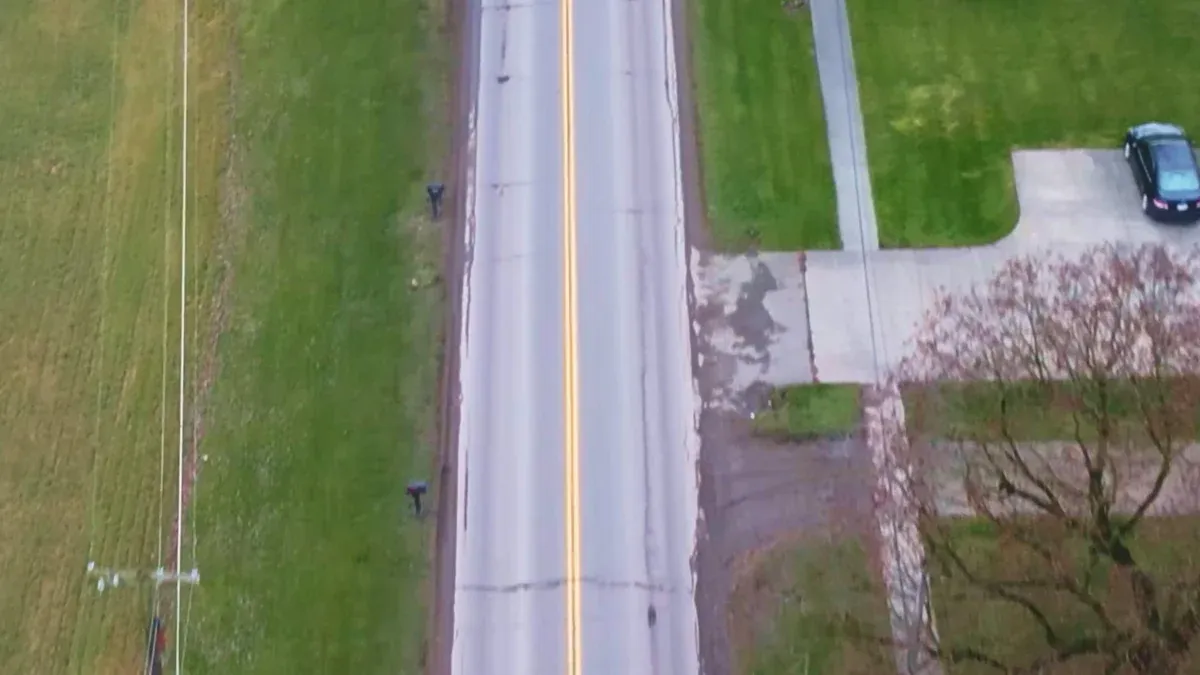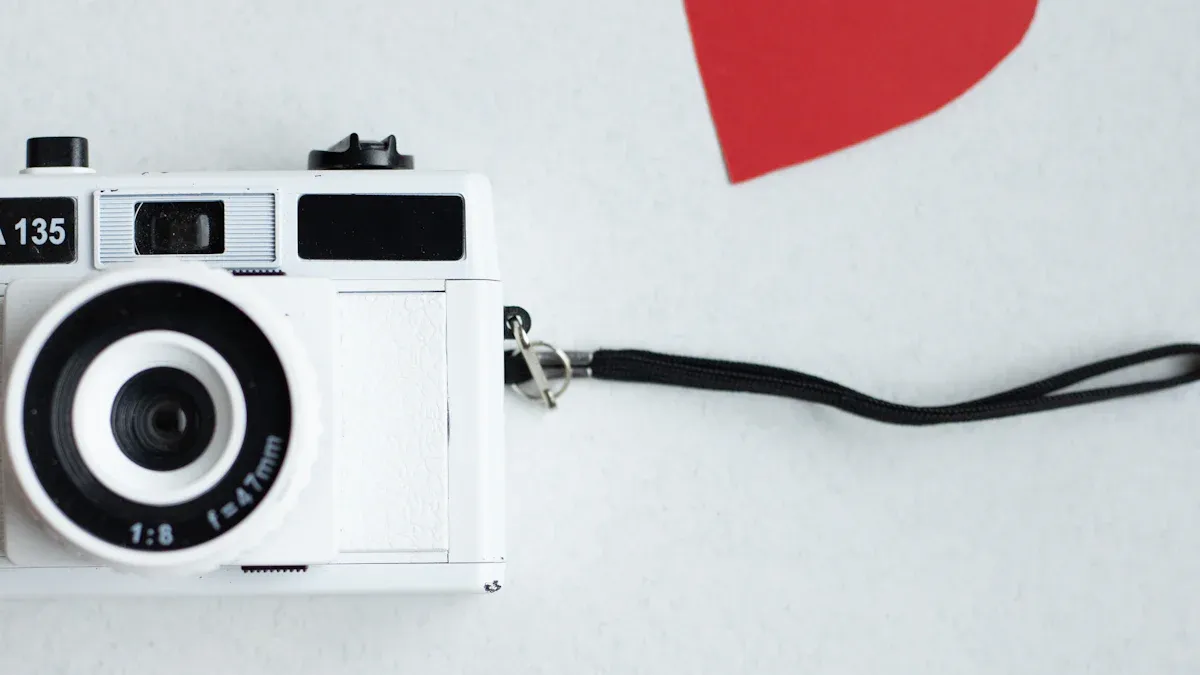How to Safely Dispose of Old Flashlight Batteries, including Helius flashlight and headlamp maintenance.

Proper disposal of old flashlight batteries is essential for protecting the environment and ensuring safety. Batteries discarded improperly can contaminate soil and water with toxic chemicals like lithium and lead. This pollution harms ecosystems and poses health risks to humans and wildlife. Maintaining your Helius flashlight also prevents performance issues and extends its lifespan.
Key Takeaways
Look up local rules before throwing away flashlight batteries.
Use rechargeable batteries to cut waste, save money, and help nature.
Clean your Helius flashlight often and check for battery leaks.
Types of Flashlight Batteries

Understanding the different types of flashlight batteries helps you choose the right one for your needs and dispose of them responsibly. Below are the most common types:
Alkaline Batteries
Alkaline batteries are widely used in household devices due to their affordability and reliability. They are ideal for low-drain applications like remote controls, toys, and flashlights. These batteries typically last for about 2-3 years and have a shelf life of up to 5 years. While they are easier to recycle and contain fewer harmful materials, improper disposal can still harm the environment. Always check local regulations before discarding them.
Lithium-Ion Batteries
Lithium-ion batteries offer exceptional performance with a high energy density and long shelf life, making them perfect for high-drain devices and outdoor use. They can store up to three times more energy than alkaline batteries and last between 2 to 10 years, depending on usage. However, their disposal requires extra care. These batteries must be taken to hazardous waste facilities or recycling centers to prevent environmental damage and safety risks.
Rechargeable Batteries
Rechargeable batteries, such as NiMH (Nickel-Metal Hydride), are cost-effective and environmentally friendly. They can be recharged multiple times, reducing waste and the need for frequent replacements. NiMH batteries provide better capacity than alkaline ones but may self-discharge over time. Proper recycling is essential to mitigate e-waste and prevent the release of toxic substances.
Specialty Batteries (e.g., button cells, NiMH)
Specialty batteries include button cells, carbon zinc, and lithium-ion variants. Button cells are commonly used in small, lightweight flashlights, while carbon zinc batteries serve as an older alternative to alkaline ones. Improper disposal of these batteries can contaminate soil and groundwater, release toxic substances, and even cause fires. Always follow local guidelines for safe disposal.
Tip: Opt for rechargeable batteries whenever possible to reduce environmental impact and save money in the long run.
How to Properly Dispose Flashlight Batteries
Alkaline Battery Disposal
Alkaline batteries are among the most commonly used household batteries. To dispose of them safely, follow these steps:
Cover the ends of the batteries with tape or place them in a plastic bag to prevent leakage.
Research your state’s battery disposal requirements to understand local options.
Use a recycling locator to find nearby drop-off sites.
Drop off your batteries at the appropriate facility.
While many states allow you to dispose of household batteries like alkaline ones in regular trash, some recommend treating them as hazardous waste. Always check local regulations to ensure compliance. Recycling alkaline batteries, when possible, helps reduce waste and prevents environmental harm.
Lithium-Ion Battery Recycling
Lithium-ion batteries require careful handling due to their hazardous materials. Recycling these batteries offers significant environmental benefits. It reduces the need for mining new minerals, conserves valuable resources like nickel and cobalt, and prevents toxic substances from contaminating soil and water. To recycle lithium-ion batteries:
Take them to hazardous waste facilities or designated recycling centers.
Use programs like Call2Recycle to locate drop-off sites.
Recycling lithium-ion batteries also minimizes the risk of fires caused by improper disposal. By recycling, you contribute to a circular economy and protect the environment.
Rechargeable Battery Disposal Options
Rechargeable batteries, including NiMH and NiCd types, should never be discarded in regular trash. Instead, use accessible recycling programs:
Retailer | Recycling Details |
|---|---|
Best Buy | Accepts a wide range of batteries, including rechargeable and single-use batteries. |
Home Depot | Partners with Call2Recycle to accept rechargeable batteries at all locations. |
Lowe’s | Collaborates with Call2Recycle for recycling bins for rechargeable batteries. |
Staples | Accepts rechargeable batteries from laptops and cell phones for recycling. |
These programs make it easy to dispose of old batteries responsibly. Household hazardous waste facilities also accept rechargeable batteries for safe disposal.
Local Regulations and Drop-Off Locations
Battery disposal regulations vary across the United States. States like California and New York enforce strict recycling mandates, while others, such as Texas, allow non-hazardous batteries in regular trash. Rechargeable and lithium-ion batteries must always go to hazardous waste facilities or recycling centers. Use local recycling programs or household hazardous waste collection sites to dispose of batteries safely.
Note: Always verify your state’s regulations to ensure you properly dispose flashlight batteries and comply with local laws.
Helius Flashlight and Headlamp Maintenance

Cleaning and Care Tips
Proper cleaning ensures your Helius flashlight and headlamp perform optimally. Follow these steps to maintain their exterior and internal components:
Use a soft cloth to wipe down the exterior and remove dirt. For stubborn stains, dampen the cloth with water or a mild cleaning solution.
Handle the lens carefully to avoid scratches. Clean it with a microfiber cloth for clarity.
Inspect the battery compartment for corrosion. If corrosion is present, clean it with a vinegar-water mixture.
Remove batteries before cleaning to prevent damage.
Allow all parts to air dry completely before reassembling.
For consistent performance, conduct monthly check-ups. Wipe the exterior, inspect seals for damage, and test the light modes. Every six months, disassemble the flashlight if possible, lubricate threads and o-rings, and clean the interior. Regular maintenance prevents dirt buildup and ensures reliable illumination.
Battery Care and Replacement
Taking care of your batteries extends the lifespan of your Helius flashlight. Store rechargeable batteries separately when not in use. Fully discharge them before recharging to prevent memory effect. Always use the appropriate charger for your battery type.
Replace batteries when you notice signs like flickering light, dim output, or corrosion. To recycle rechargeable batteries, use programs like Call2Recycle or drop them off at participating retailers. Proper battery care not only enhances performance but also supports recycling efforts, reducing environmental impact.
Proper Storage Practices
Storing your Helius flashlight and headlamp correctly prevents damage and ensures longevity. Keep them in a cool, dry place away from direct sunlight or extreme temperatures. Avoid damp areas to prevent moisture damage. Remove batteries if you won’t use the device for an extended period to prevent leakage.
Store batteries in their original packaging or a battery case to avoid contact with metal objects. This prevents short circuits and extends battery life. Regularly inspect your flashlight and headlamp for loose parts or dirt buildup. Proper storage practices ensure your devices remain ready for use when needed.
Properly disposing of batteries safeguards the environment and reduces safety risks. Recycling programs and collection centers simplify this process. You can also use dedicated bins or contact local waste management for guidance. Never incinerate batteries or throw them in regular trash.
Maintaining your Helius flashlight ensures reliability and extends its lifespan. Regular cleaning, proper storage, and timely battery replacement keep it functioning optimally. These practices also reduce waste by prolonging the device's usability.
Adopting eco-friendly habits benefits both you and the planet:
Intentional living improves mental health and reduces anxiety.
Walking enhances cardiovascular health and lowers harmful emissions.
Eco-therapy fosters a balanced life while protecting nature.
By embracing these habits, you contribute to a healthier environment and a more sustainable future.
FAQ
How do I know when to replace my flashlight batteries?
Check for signs like dim light, flickering, or corrosion in the battery compartment. Replace batteries immediately to maintain optimal flashlight performance.
Can I throw flashlight batteries in the trash?
You should avoid throwing batteries in the trash. Instead, follow local regulations or use recycling programs to dispose of them responsibly.
What should I do if my flashlight lens gets scratched?
Use a microfiber cloth and a small amount of plastic polish to buff out minor scratches. For severe damage, consider replacing the lens for better performance.
See Also
Key Strategies for Proper Flashlight Care and Upkeep
Comprehensive Handbook for Maintaining and Cleaning Flashlights
A Complete Guide to Effectively Cleaning Your Flashlight
Selecting the Perfect Headlamp Flashlight for Your Needs
Insights into How Rechargeable Flashlights Lose Their Charge
